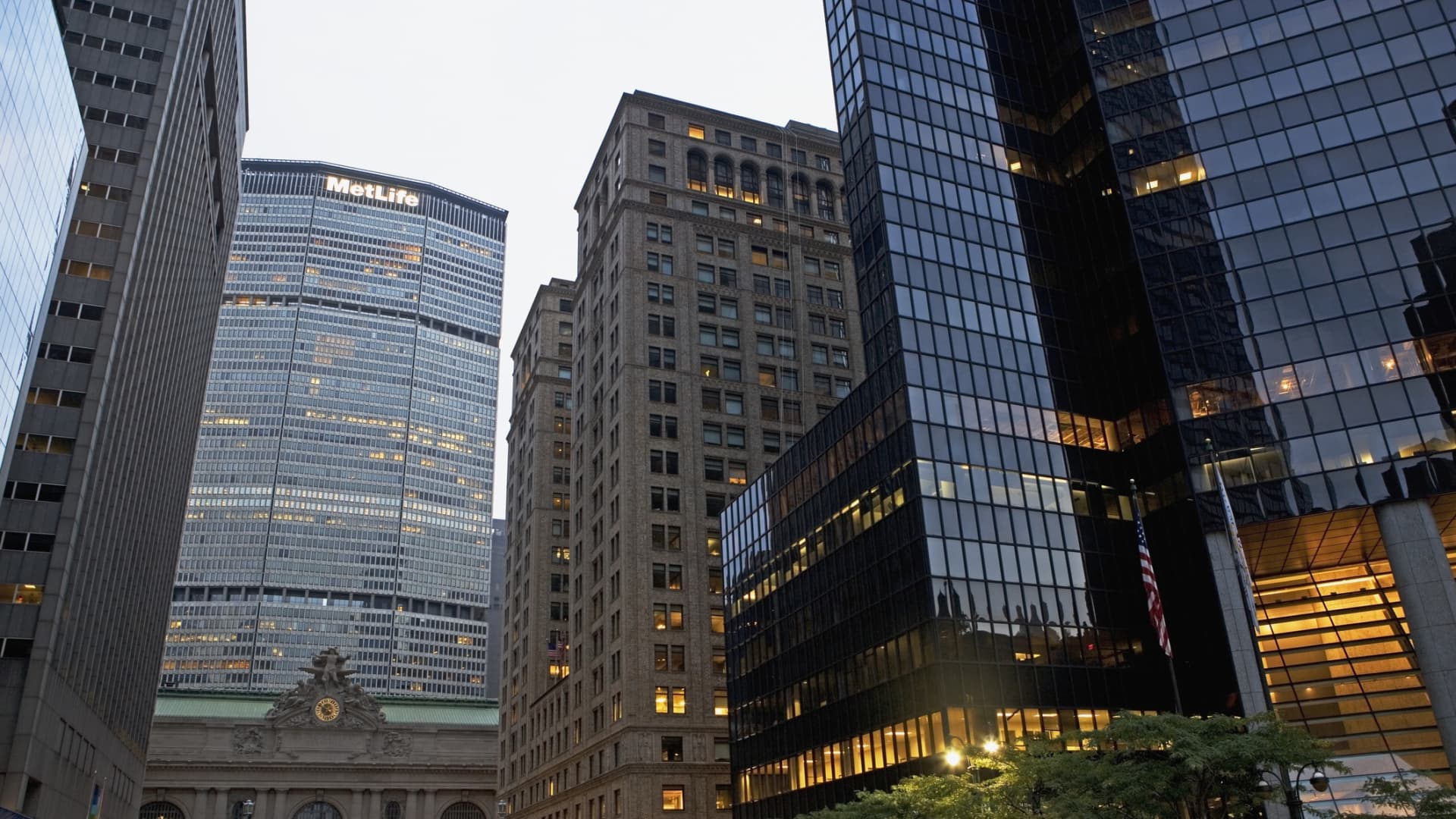Boston Metal & ArcelorMittal Take Different Routes To Green Steel

Making steel is an incredibly dirty business. Every ton produced creates about 2 tons of carbon dioxide. Since the industry make about 2 billion tons of steel every year, that is a lot of CO2 going into the atmosphere — roughly 7% of all global emissions, in fact. That makes finding ways to make green steel vital to controlling global heating.
The problem is, the traditional way of making steel — heating iron in a blast furnace — has been around for centuries. It uses lots of energy both to heat the contents inside the furnace and also to convert coal into coke, which then reacts with iron ore to turn it into pig iron ingots. Some of that energy comes from electricity, but much of it comes from burning methane, which is often incorrectly referred to as “natural gas.”
ArcelorMittal is one of the largest steel makers in the world. It is attempting to lower the carbon emissions from making steel by substituting green hydrogen for the coke. This eliminates the substantial emissions from making coke but still requires enormous amounts of electricity for the rest of the process.
RWE, one of the largest electricity producers in Germany, and ArcelorMittal signed a memorandum of understanding this week. According to the agreement, they will work together to develop, build, and operate offshore wind farms and hydrogen facilities that will supply the renewable energy and green hydrogen required to produce low emissions steel in Germany. The plan is to replace coal with wind power and green hydrogen as the main source of energy in steel production at ArcelorMittal’s steel making sites in Germany.
Reiner Blaschek, CEO ArcelorMittal Germany, says, “ArcelorMittal Germany is embarking on a radical transition to ensure we reach our CO2 emissions reduction targets, meaning that the energy used to make steel will need to be clean energy. The partnership we have announced with RWE today is significant for a number of reasons. it will provide us with the renewable, affordable electricity and green hydrogen that we need to produce low-emissions steel while remaining competitive in a global market. It also offers vital security in the supply chain, by integrating the supply of energy and hydrogen into our business.” The new offshore wind farms will be located in the North Sea.
Boston Metal Skips The Green Hydrogen Step
Boston Metal is a spinoff of MIT located in Woburn, Massachusetts. Unlike most steel makers, it wants to skip the green hydrogen step and go straight to making zero carbon steel using what it calls the molten oxide electrolysis process, which uses electricity to separate oxygen from iron ore, a critical step in the steel production process. “The advantage that we have is that it’s a one step process directly electrifying steel production,” Adam Rauwerdink, Boston Metal’s vice president of business development, tells Canary Media.
“You don’t realize when you look around your landscape how embedded and engrained [steel] is in society,” said Chathurika Gamage, climate intelligence manager at nonprofit research organization RMI. “Everything that we’re making, the buildings that we’re in — it’s providing structural stability, literally, to all of those spaces.”
“Decarbonization of the iron and steel industry basically means decarbonization of the blast furnace,” says Zhiyuan Fan, a research associate at the Center on Global Energy Policy at Columbia University. “If you solve the blast furnace [issue], half of your problem is gone.”
Fan’s team at Columbia published a study last year comparing multiple strategies for decarbonizing steel and found that electrification is the key to canceling out emissions. The more the process can take advantage of clean electricity instead of burning coal and other fossil fuels, the easier it will be to reduce emissions. “We know how to decarbonize the grid better than we know how to decarbonize a blast furnace,” Fan adds.
“Ten or 20 years ago, the grid wasn’t clean, so it didn’t make any sense, and there was no demand for a greener version of steel, but now both of those are available,” says Rauwerdink.
Lowering The Cost Of Making Steel
Doing something in a lab is all very nice, but being able to scale the technology to make millions of tons of green steel is something else entirely. Boston Metal thinks it has the answer.
Electrolysis has been a key part of making aluminum for over 100 years. Boston Metal’s molten oxide electrolysis process applies this technique to iron, which requires hotter temperatures. Aluminum electrolysis happens at temperatures just under 1,000 degrees Celsius, while iron electrolysis requires about 1,600°C, a temperature far hotter than molten lava.
To start, the iron ore is melted with heat produced from electricity. Then it’s placed in a cell structured almost like a giant battery. At the top, an anode provides electric charge. At the bottom, a cathode receives the electric charge. In between, the charge flows through an electrolyte, which in this case is a scalding bath of molten materials. The electrolyte contains a variety of elements bound to oxygen, including aluminum, silicon, and calcium.
According to Boston Metal, the process works even with low grade iron ore, which is cheaper and more plentiful than higher grade ore that has fewer impurities. “Some of the other technologies that are being developed [to manufacture] green steel need the super-premium grades of ores,” says Rauwerdink. “We can take advantage of all the much more abundant grades of ores, which is key to growing the technology in the long term.”
Another of the advantages of molten oxide electrolysis compared to direct reduction of iron is its efficiency. By cutting out the hydrogen step, MOE puts energy directly into steel production, removing interim stages where energy can be lost. MOE requires higher temperatures than hydrogen-based production, which eats into the benefits, but even taking that into account, MOE still winds up being more efficient.
Fan, the green steel expert at Columbia, estimates that making green steel using green hydrogen requires at least 30% more energy than MOE — and possibly as much as 50% to 60% more. “By skipping those different processes, you can actually gain a lot of efficiency improvements,” he says.
[embedded content]The Road To Scale
A commercial plant can produce several million tons of steel per year. Operating continuously, Boston Metal’s first demonstration cell will produce less than 100 tons of steel per year, so the company has a long way to go. “It’s just about aggregating those cells, and so the proof is in the pudding of how much that can scale,” said Gamage of RMI.
Scale is important in the steel business, but so is being able to use capital-intensive systems that have already been built. Green hydrogen has a leg up on this front because it’s compatible with the direct reduction of iron process, which is already being used at commercial scale with natural gas. It’s relatively easy to swap out the natural gas for hydrogen. That’s why major steel producers such as SSAB and ArcelorMittal have focused on green hydrogen for their near-term plans.
“We’re on the clock here,” said Fan. “If we want to fully decarbonize by 2050, we need to think about production unit replacement in the next 10 years or 20. If MOE is not commercially available at that time, it just missed the window.”
Boston Metal is working on a bigger demonstration cell at its headquarters in Woburn, Massachusetts, which will be able to make several hundred tons of steel per year. Once it perfects the design, multiple cells can be built in the same plant and then potentially lined up by the hundreds, a design common at aluminum smelters.
“Because it’s a modular technology, the path to scaling will be quite quick,” says Rauwerdink. “It’s like having a wind turbine and demonstrating five turbines, and then once that’s successful, building 100 or 200 for a commercial plant. It’s the same approach for us. We don’t have to then go back and redesign a cell that’s 100 times larger.”
The Need For Zero Emissions Electricity
Boston Metal’s technology will need electricity generated from low carbon sources in order to make a dent in steelmaking’s carbon emissions. “The future of steelmaking is really dependent on clean electrification,” said Gamage.
Steelmaking equipment tends to be in constant operation for months at a time, and changing the chemical composition of metal inherently requires a lot of energy, so if the process is electrified, it will need an immense amount of electricity. Boston Metal says its technology uses 4 megawatt-hours of electricity to produce 1 ton of steel. That’s enough to power the average US home for more than four months.
According to Columbia’s research on decarbonizing steel, replacing all the world’s blast furnaces with MOE manufacturing processes would require an amount of power equivalent to almost 20% of global electricity consumption in 2018. That means the steel industry would become one of the biggest users of electricity on the planet.
But replacing all steel production with hydrogen-powered direct reduction of iron could require even more electricity. That means there’s no way to address steel’s climate impacts without installing an enormous amount of clean power generation, in addition to making sure that the grid is ready to reliably move around all that extra electricity.
“You’re going to need to beef up the grid at a rate that the utilities and the grid operators have not planned for,” said Thomas Koch Blank, senior principal in RMI’s Breakthrough Technology Program. And it would need to be done on a “10- to 15-year timeline.”
Sometimes, developing new decarbonization technology is cast as being at odds with deploying established solutions such as renewable energy, but in many circumstances, these challenges are one and the same. Green steel is a prime example.
“For us or for green hydrogen, you’re going to need clean power,” said Rauwerdink, “so all the work that’s happening on cleaning up the electricity grid enables solutions like ours.”
As the demand for green steel grows, multiple solutions will be needed in order to satisfy the world’s appetite for steel without overburdening the atmosphere or the electric grid. Koch Blank emphasizes that both molten oxide electrolysis and hydrogen-powered direct reduction of iron hold promise for decarbonizing the steel industry and are worth pursuing. “Ultimately, I’d be surprised if there’s not room enough in the market for both technologies,” he said.
The Takeaway
Green hydrogen gets a lot of attention in the press lately because it promises ways to greatly reduce carbon emissions from industrial processes like steel and cement making. But it is entirely dependent on access to clean, reliable, and affordable electricity. The path forward to zero emissions building materials is clear, but getting there will require a major rethinking of renewable energy and how it gets distributed by the electrical grid in each country.
Check out our brand new E-Bike Guide. If you’re curious about electric bikes, this is the best place to start your e-mobility journey!
Appreciate CleanTechnica’s originality and cleantech news coverage? Consider becoming a CleanTechnica Member, Supporter, Technician, or Ambassador — or a patron on Patreon.
Advertisement
 This post has been syndicated from a third-party source. View the original article here.
This post has been syndicated from a third-party source. View the original article here.





